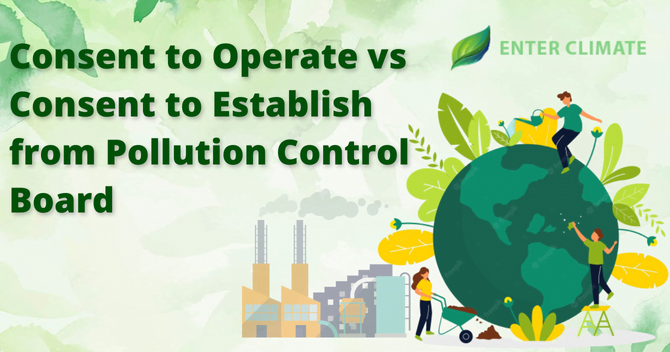
Consent to Operate vs C...
The development of a country is judged through its industrial market. More industries directly indicate the high GDP of the country. But, due to this many times, the environment of....Read More
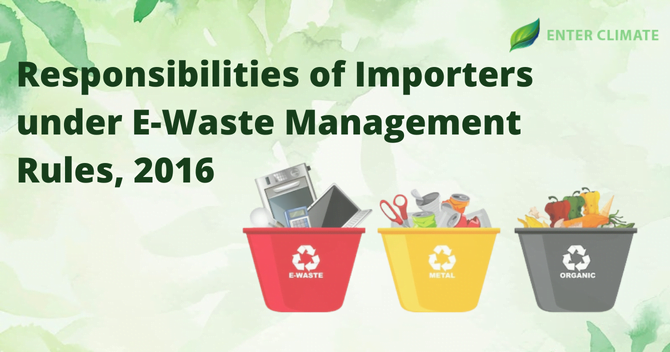
Responsibilities of Imp...
The E-Waste Management Rules aim to regulate persons and entities involved in the manufacture, sale, transfer, purchase, collection, storage and processing of end-of-life Electrical and Electronic Equ....Read More
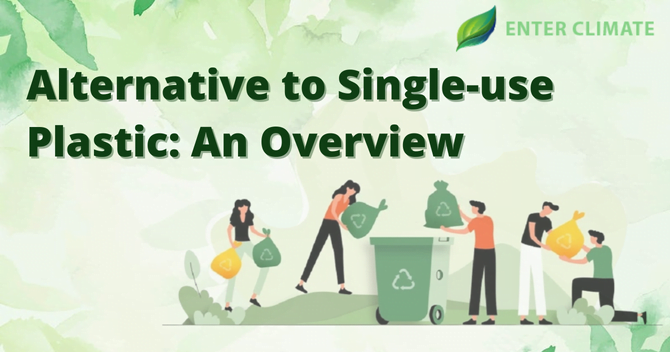
Alternative to single-u...
Focus on the following-almost all plastic waste generated by humans from every plastic item ever manufactured still exists on the planet. The simple reason is that petroleum-based plastic degrades ver....Read More

Basic Requirements for...
The plastic material market in India has now developed to dominate the market consisting of 30 000 firms with 4 million employees. This makes India one of the top exporters....Read More


How to convert refurbis...
Under E-Waste Management Rules, 2016, refurbishment is defined as the procedure that expands the quality of disposed Electrical and Electronic Equipment (EEE) registered under Schedule I to increase t....Read More

What are the Licenses N...
Dismantling of E-Waste is defined as the process of segregating components of E-Waste either manually or by automated machines into pieces that can be recycled, which further can be reused.....Read More
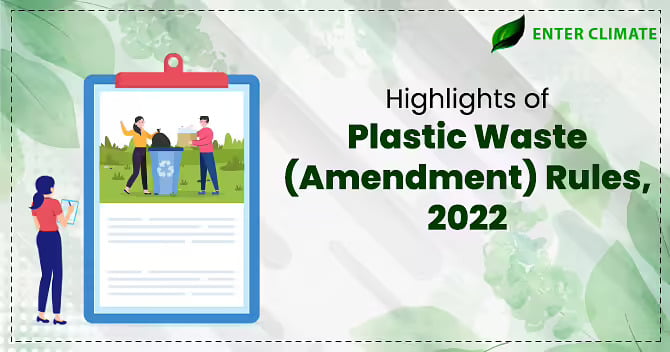
Highlights of Plastic...
According to estimates, as of right now, India produces over 400 million tonnes of plastic waste annually, and by 2050, that number is expected to rise to almost 1,100 million....Read More
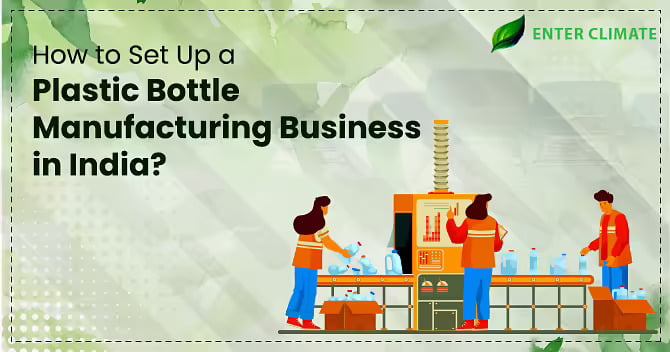
How to Set Up a Plastic...
Plastic defines as a material which is suitable for moulding and has various properties like plasticity and malleability. Plastic can be categorised into various types, including:- 1. High-density pol....Read More
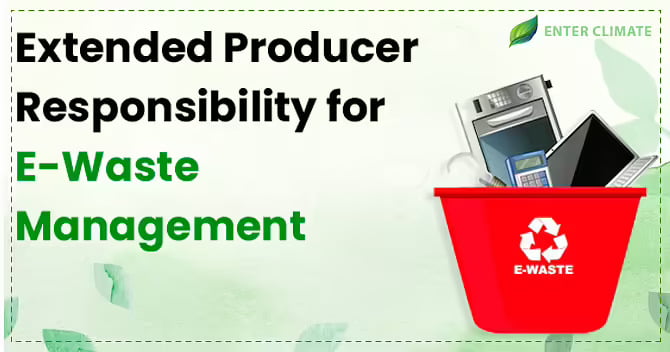
Extended Producer Respo...
The lockdown was imposed worldwide due to Covid-19, forcing everyone to isolate themselves from the outside. The world adapted to the online mode of everyday work, including online offices and....Read More
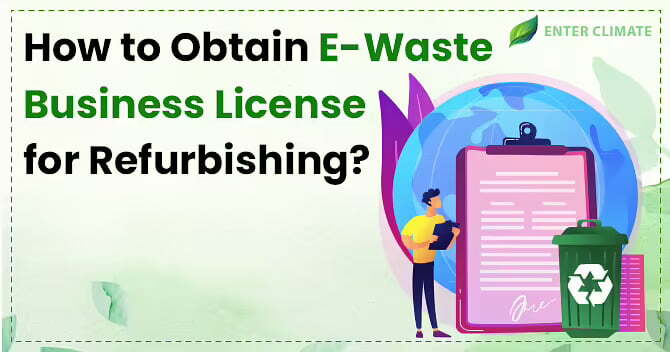
How to Obtain E-Waste B...
As per the latest 2021 report of the United Nations, every individual in the world produces an average of 7.6 kg of e-waste, resulting in a total of 57.4 million....Read More












